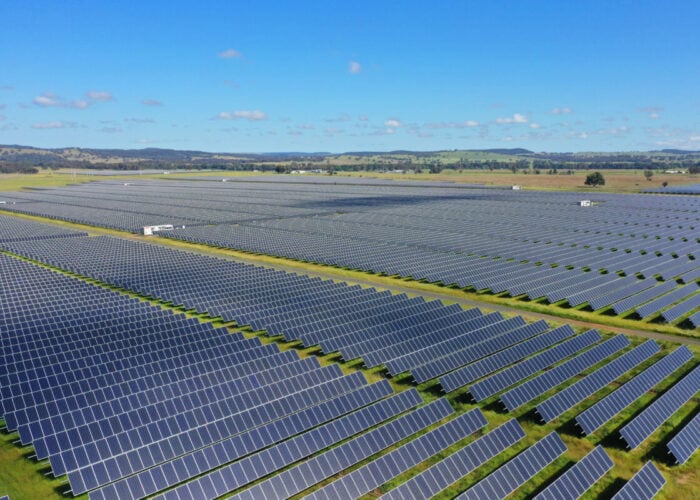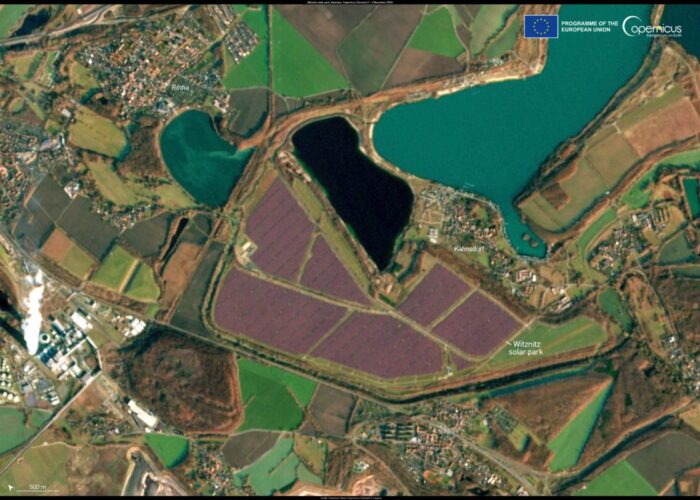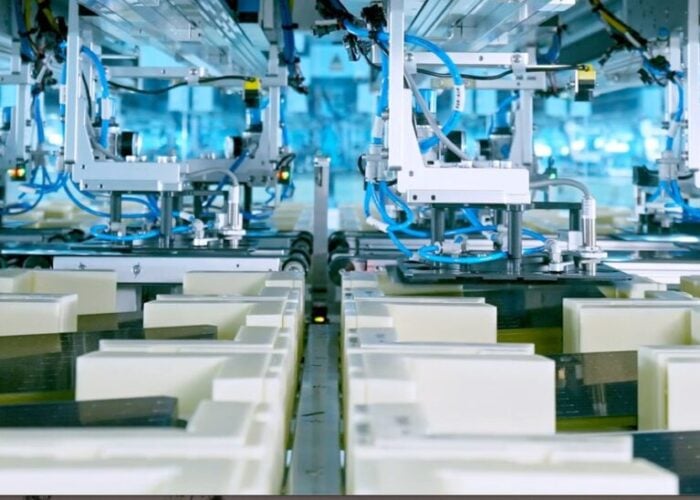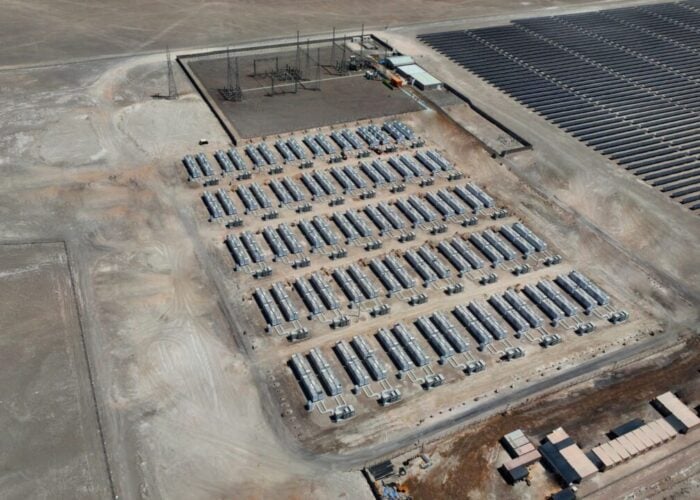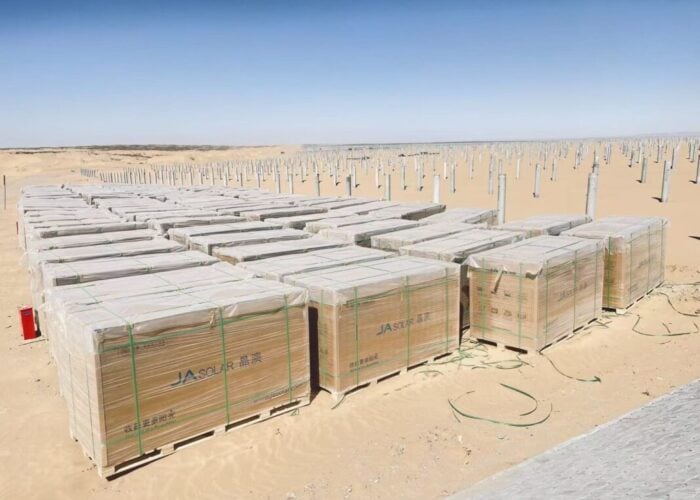The Fraunhofer Institute for Solar Energy Systems (ISE) in Freiburg has surpassed its own European multi-junction III-V solar cell efficiency record, recently reaching 37.6 percent. The new record of 39.7 percent was achieved using a front-side network of thin metal wires that transport large currents but with low resistance.
“We have improved the contact structures of our solar cells,” commented Frank Dimroth, Head of the III-V – Epitaxy and Solar Cells Group at Fraunhofer ISE. “As a result, using the same semiconductor structures, we now achieve the higher efficiency when converting sunlight into electricity.”
Unlock unlimited access for 12 whole months of distinctive global analysis
Photovoltaics International is now included.
- Regular insight and analysis of the industry’s biggest developments
- In-depth interviews with the industry’s leading figures
- Unlimited digital access to the PV Tech Power journal catalogue
- Unlimited digital access to the Photovoltaics International journal catalogue
- Access to more than 1,000 technical papers
- Discounts on Solar Media’s portfolio of events, in-person and virtual
Or continue reading this article for free
Fraunhofer ISE has been working on a new program for the theoretical calculation of optimal contact structures. Based on this work sponsored by the EU Project Fullspectrum (SES6-CT-2003-502620), the new cells are especially suitable for situations of inhomogeneous radiation, as occurs in the case of concentrated sunlight between 300 and 600 suns.
“We are very pleased to have advanced a further decisive step in such a short amount of time,” says Dr. Andreas Bett, Department Head at Fraunhofer ISE. “Highest conversion efficiencies help the young technology to become market competitive and to further sink the costs of generating electricity from the sun for the future.”
The solar cell structures consist of more than 30 single layers, which are deposited on a germanium substrate by means of metal-organic vapour-phase epitaxy (MOVPE).
Figure 1: Photo of the typical metal finger structure on the front side of a GaInP/GaInAs/Ge concentrator solar cell with a diameter of 2mm.
Figure 2: Photo of a solar cell wafer with different concentrator solar cell structures.

